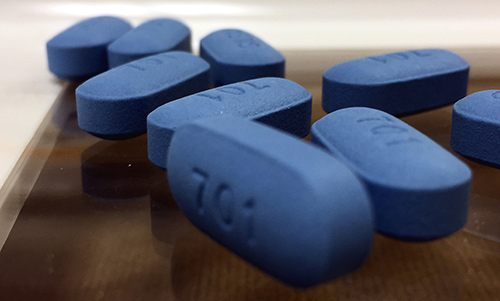Stark Inequities Continue to Undermine U.S. HIV Response
Unequal access to prevention and care, stigma drive worrying trends for Black and Latino gay men.

Gay and bisexual men accounted for 66% of new HIV infections in the United States in 2019, according to a new report by the U.S. Centers for Disease Control and Prevention (CDC).
Released today, the eve of World AIDS Day, the CDC Vital Signs report shows how despite overall progress in reducing new HIV infections among gay and bisexual men, troubling trends for Black and Latino gay and bisexual men persist.
From 2010 to 2019, new HIV infections increased by 16% for Latino gay men and did not meaningfully decrease for Black gay men who had greater HIV rates across all groups; whereas white gay men experienced about a one third drop in new HIV infections over the same period.
The report highlights substantial racial and ethnic disparities among gay and bisexual men in knowledge of HIV status and prevention options—for example, discussing pre-exposure prophylaxis (PrEP) with a healthcare provider among HIV-negative gay men—and in treatment outcomes among HIV-positive gay men.
“We cannot end the HIV epidemic without culturally appropriate prevention and treatment for gay men generally and gay men of color specifically.”
“These findings reaffirm what we already knew, that Black and Latino gay and bisexual men continue to bear the brunt of HIV in America,” said Greg Millett, amfAR vice president and director of public policy. “Accounting for two thirds of new infections each year, HIV transmission should not be a rite of passage for each generation of gay men in the U.S. We cannot end the HIV epidemic without culturally appropriate prevention and treatment for gay men generally and gay men of color specifically.”
Read the full report here.
Share This:
